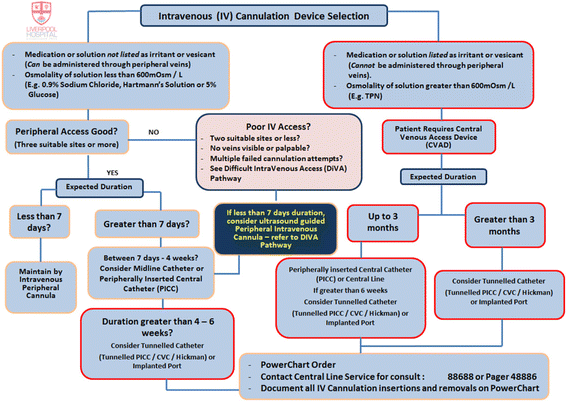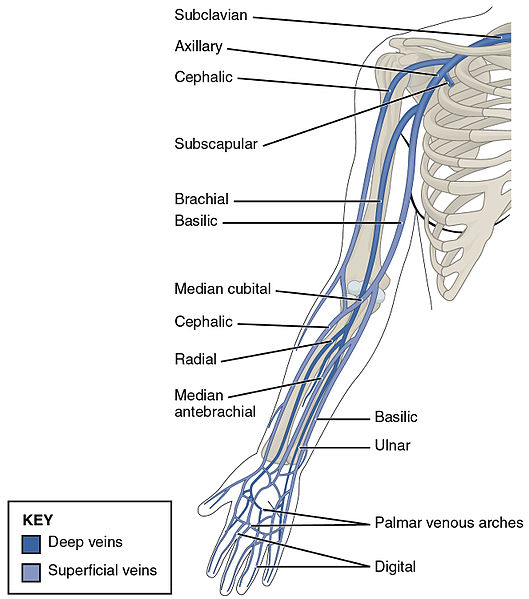Importance of Assessing IV Site Access for Patients

Proper assessment of IV site access is crucial for ensuring patient safety and effective delivery of medications and fluids. It allows nurses to identify potential complications, such as infiltration or infection, and take appropriate measures to prevent them. By regularly assessing IV site access, nurses can maintain the integrity of the site, promote patient comfort, and reduce the risk of complications. With accurate assessment, nurses can also troubleshoot issues promptly, ensuring uninterrupted IV therapy.
Importance of proper IV site assessment

Regular and proper assessment of IV site access is crucial to ensuring patient safety and effective delivery of medications and fluids. Nurses can identify potential complications and take appropriate measures to prevent infiltration, infection, and other issues that may arise. This assessment allows for prompt troubleshooting and intervention, reducing the risk of complications and ensuring uninterrupted IV therapy for patients.
Factors affecting IV site access assessment

Factors that can affect IV site access assessment include patient factors (such as frail or fragile skin), device-related factors (such as catheter size and type), and environmental factors (such as movement or friction on the catheter site). Regular assessment of these factors is crucial to ensure proper IV site function and prevent complications.
Visual Inspection of IV Sites

Visual inspection of IV sites is an essential part of assessing IV site access. Nursing staff should visually inspect the site for appearance, checking for signs of inflammation or infection, as well as ensuring proper IV flow and patency.
Assessing IV site appearance

To assess IV site appearance, nursing staff should visually inspect the site for signs of inflammation or infection, such as redness, swelling, warmth, or drainage. Any abnormalities should be reported and addressed promptly to prevent complications.
Checking for signs of inflammation or infection

During the visual inspection of IV sites, nursing staff should carefully check for any signs of inflammation or infection, such as redness, swelling, warmth, or drainage, as this can indicate a complication that needs prompt attention.
Assessing IV Site Functionality

Checking for blood return
When assessing IV site functionality, nursing staff should check for blood return, ensuring that the catheter is properly placed within the vein and that there are no obstructions or complications that may hinder proper blood flow.
Checking for blood return
(120).jpg)
Nursing staff should assess the functionality of IV sites by checking for blood return, ensuring proper placement and unobstructed blood flow within the vein.
Ensuring proper IV flow and patency

To ensure proper IV flow and patency, nursing staff should regularly monitor the IV site for any signs of occlusion or clotting. They can do this by flushing the line with saline solution and checking for proper flow, assessing for any resistance or blockage.
Risk Assessment for IV Site Complications

Identifying factors that increase the risk of complications is crucial in assessing IV site access. Nursing staff can conduct a risk assessment by evaluating patient-related factors, such as age, comorbidities, and medication history, as well as device-related factors like catheter type and insertion technique. Regular risk assessments can help prevent complications and ensure patient safety.
Identifying factors that increase the risk of complications

Factors that increase the risk of complications in IV site access include patient factors such as age, comorbidities, and medication history, as well as device-related factors like the type of catheter and the technique used for insertion. Regular risk assessments should be conducted to ensure patient safety and prevent complications (Source: Journal of Infusion Nursing).
Preventative measures for IV site-related issues

To prevent IV site-related issues, nurses should follow proper infection control protocols, maintain aseptic technique during site preparation and catheter insertion, regularly assess and secure the catheter, and adhere to evidence-based guidelines for catheter care and maintenance (Source: Infusion Nurses Society). Additionally, educating patients on proper care and signs of complications can help prevent issues and promote early intervention.
Troubleshooting IV Site Access Issues

Troubleshooting IV Site Access Issues
Common problems with IV sites
- Infiltration: fluid leaks into surrounding tissues
- Phlebitis: inflammation of the vein
- Occlusion: blockage preventing proper flow
- Dislodgement: catheter comes out of the vein
Steps to address and resolve access issues
- Assess the site for signs of complications
- Remove and replace the catheter if necessary
- Apply warm compresses for phlebitis
- Flush the line with saline to clear occlusions
- Secure the catheter to prevent dislodgement
Common problems with IV sites

Common problems with IV sites include infiltration, phlebitis, occlusion, and dislodgement, all of which can lead to complications and hinder proper fluid administration and medication delivery. To address these issues, it is crucial to assess the site for signs of complications, remove and replace the catheter if necessary, apply warm compresses for phlebitis, flush the line with saline to clear occlusions, and secure the catheter to prevent dislodgement. Taking prompt action and providing appropriate interventions can help ensure optimal IV site access for patients.
Steps to address and resolve access issues

To address and resolve access issues with IV sites, healthcare providers should assess the site for complications, remove and replace the catheter if needed, apply warm compresses for phlebitis, flush the line with saline to clear occlusions, and secure the catheter to prevent dislodgement. These proactive steps ensure optimal IV site access for patients.
Conclusion

In conclusion, regularly assessing IV site access is crucial for ensuring patient safety and optimal treatment outcomes. By visually inspecting the sites, checking functionality, and identifying risk factors, healthcare providers can address access issues proactively and troubleshoot any complications that may arise.
Summary of key points on assessing IV site access for patients

To summarize, when assessing IV site access for patients, it is important to visually inspect the sites for appearance and signs of inflammation or infection. Additionally, checking for blood return and ensuring proper IV flow and patency are crucial. Identifying risk factors and implementing preventative measures can help reduce complications. When troubleshooting access issues, it is important to address common problems and follow steps to resolve them. Regular monitoring and assessment of IV site access is key to ensuring patient safety and optimal treatment outcomes.
Importance of regular monitoring and assessment
Regular monitoring and assessment of IV site access is crucial to ensure patient safety and optimal treatment outcomes. By regularly checking IV sites, healthcare professionals can identify any signs of complications, such as infection or infiltration, and take appropriate action promptly. This proactive approach helps prevent serious issues and allows for timely adjustments in the patient’s treatment plan if needed. In addition, consistent monitoring helps healthcare professionals evaluate the effectiveness of the IV therapy and make necessary adjustments to ensure the patient receives the correct medication or fluids at the appropriate rate. The information gathered through regular monitoring and assessment also enables healthcare professionals to assess the patient’s comfort level and address any concerns promptly. By making IV site assessment a routine part of patient care, healthcare professionals can ensure that all IV sites are functioning properly, reducing the risk of complications and promoting the best possible outcomes for patients.


